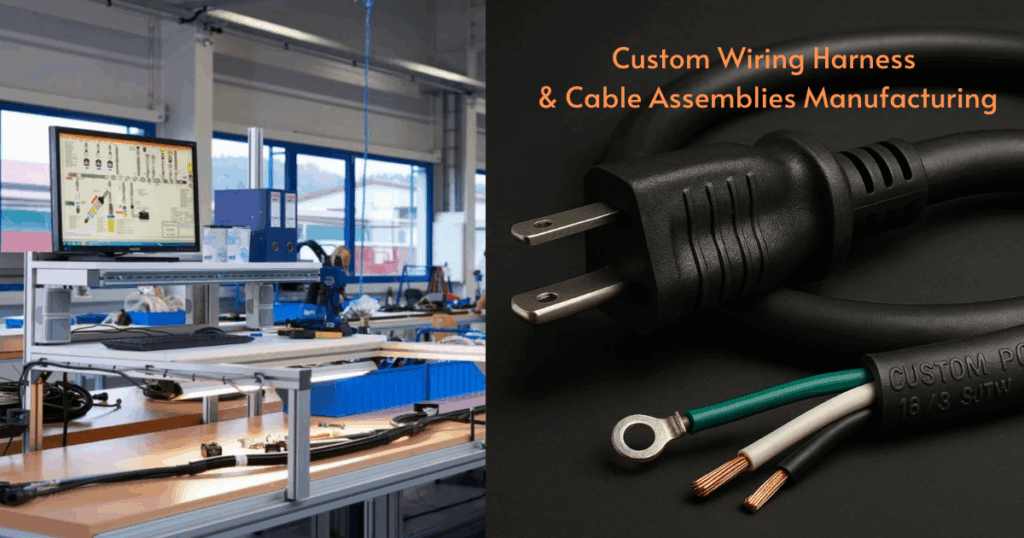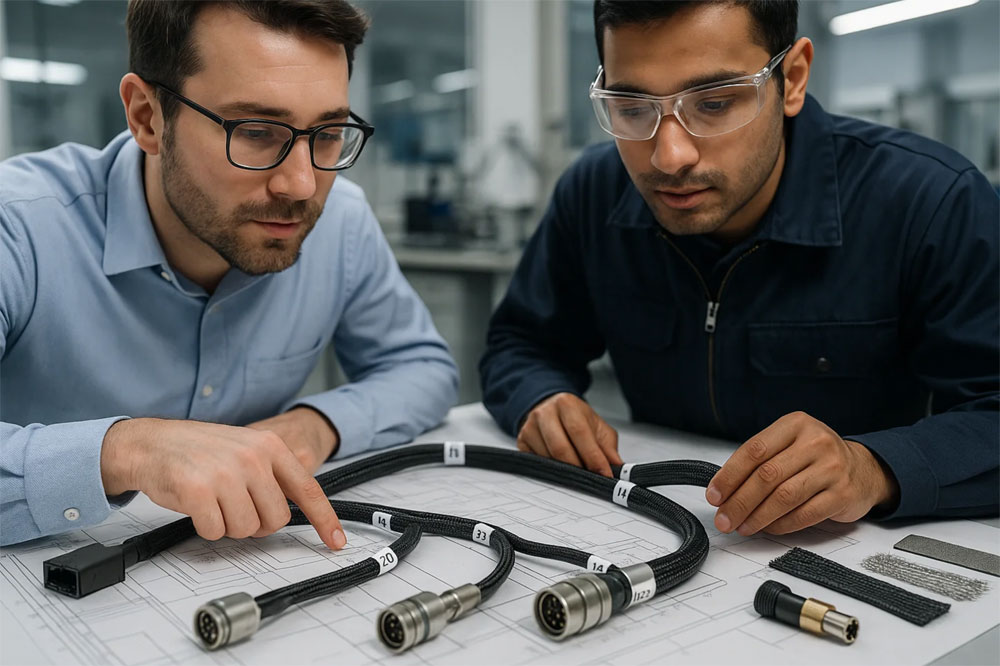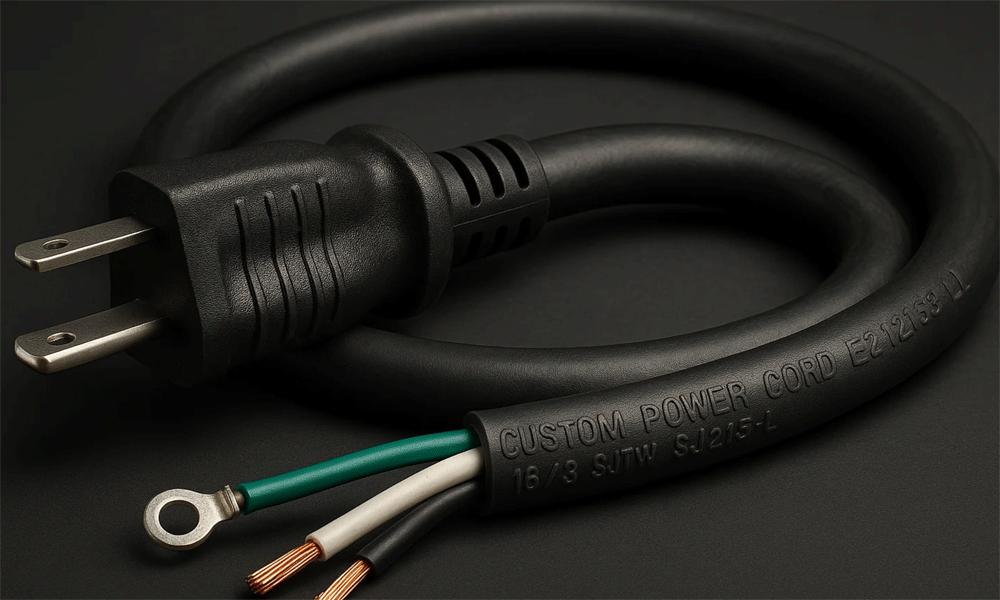Table of Contents
ToggleAdd Your Heading Text Here
At first glance, opting for a generic or off‑the‑shelf wiring solution might seem cheaper than investing in a custom harness. However, experienced engineers know that the true cost of a wiring harness encompasses far more than the upfront price tag. When you forgo a custom wiring harness, you may incur hidden expenses that ultimately outweigh any initial savings. These costs often surface later—during installation, operation, or maintenance—and can erode both your project budget and timeline. Below are five such hidden costs of skipping a custom harness—plus strategies to avoid them.
1. Additional Components and Labor
Off‑the‑shelf wiring solutions are rarely a perfect fit, forcing you to purchase extra adapters, connectors, or extension cables to make them work. These add‑on parts cost money and demand additional labor to install. For instance, a “universal” harness kit might include many connectors you don’t need while omitting the ones you do—meaning you must source those pieces separately. The labor involved in splicing or adapting a stock harness can be significant; every minute a technician spends crimping new connectors or troubleshooting mismatched wires is a hidden labor cost.
Avoidance tip: Map out every ancillary component a stock harness would require and compare that list to a custom solution. You’ll often find a custom harness consolidates those parts and slashes labor—saving cost in the long run.
2. Integration and Design Compromises
Using a non‑custom harness can force compromises in your product’s design and performance. A generic harness may not route neatly in your assembly, compelling the team to bend or reroute wires in unideal ways just to make it fit. These workarounds can hamper performance—think signal interference from improper shielding—or stall assembly as engineers struggle with integration. Every design compromise to accommodate a stock part is effectively a cost: it may reduce reliability or aesthetics, ultimately hurting sales or brand reputation.
Avoidance tip: Quantify the value of an optimal design. A custom harness is built for your layout, letting wiring serve the design—not dictate it—thereby preserving both function and form and preventing downstream costs like redesigns or user dissatisfaction.
3. Higher Failure Rates and Maintenance Costs
A wiring solution not tailored to your device’s requirements is more likely to fail over time. Wires may lack the ideal gauge or insulation for operating conditions, or unnecessary connectors might become failure points. Such issues lead to downtime, repairs, and warranty claims. Poorly fitting harnesses can chafe or loosen, causing intermittent faults that are hard to diagnose and expensive to fix.
Avoidance tip: Design for reliability from the start. A custom harness uses the right materials—temperature‑resistant insulation, proper shielding—and minimizes joints, reducing failure risk. Reputable custom‑harness suppliers also perform 100 % testing, so each unit meets quality standards and prevents costly field failures.
4. Lost Time and Delays
Project delays are one of the subtler yet most damaging costs of relying on a generic harness. If an off‑the‑shelf harness falls short, you may discover the problem late—during assembly or testing—triggering a frantic scramble for fixes. Launch delays mean missed market opportunities and a longer wait to recoup development costs. Idle manufacturing lines, repeat engineering cycles, and regulatory retesting all add to the financial hit.
Avoidance tip: Factor time‑to‑market into your cost analysis. A custom harness developed in tandem with your project reduces late‑stage surprises, helping you hit launch dates and begin generating revenue on schedule.
5. Overlooked Operational Inefficiencies
Non‑ideal wiring can introduce operational inefficiencies such as longer assembly training, slower service times, or higher scrap rates if the harness is prone to damage during install. Extra steps to secure a generic harness, or additional quality checks to catch inevitable mistakes, drive up operational costs.
Avoidance tip: Consider the full “process cost” of your wiring choice. A custom harness streamlines the assembly line with foolproof connectors and optimized routing, reducing training needs, assembly errors, and per‑unit costs—especially at scale.
Mitigating the Hidden Costs
The good news: all these hidden costs are avoidable. Engage a reputable custom wiring‑harness manufacturer early in your project and communicate your exact requirements—electrical specs, environmental conditions, geometry, and more. A well‑designed custom harness arrives ready to install, fits perfectly, and meets stringent quality standards. While a custom solution might carry a higher initial price, it often saves more in the long run by eliminating extra parts, labor, delays, and failures. In essence, investing in a custom wiring harness is smart spending—allocating budget where it prevents far costlier problems later. By recognizing and avoiding these hidden costs, you safeguard both your project’s success and its bottom line.



